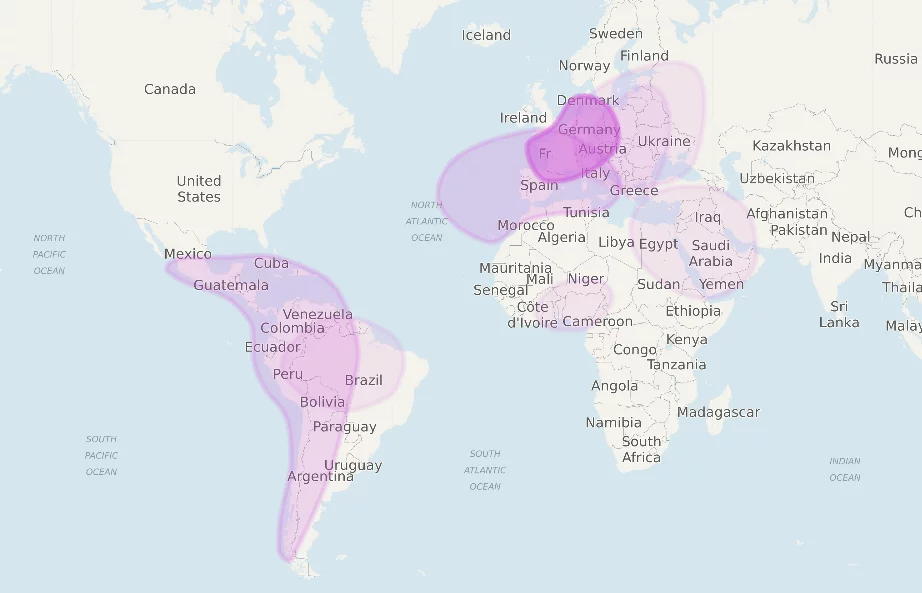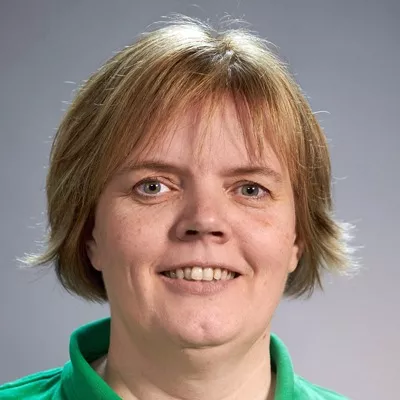
Most users already have some notion of what to expect when they take a MyHeritage DNA test, and for many, at least part of their results confirm what they already knew about their families.
For others, there can be real surprises.
In some cases, a person may be absolutely 100% certain that they have an ancestor of a certain ethnicity, and be shocked and bewildered to discover that this ethnicity doesn’t show up in their genes at all.
Why would this happen?
There are two main reasons why an expected DNA might not show up in your results:
Blurry borders
MyHeritage calculates Ethnicity Estimates by comparing your DNA to that of the 5000 participants in the Founder Populations project, whose family trees show consistent ancestry from the same region or ethnicity going back many generations.
Historically speaking, ethnic groups came from a specific geographic region and drew from the local gene pool. Before modern times, people didn’t move around as much as we do today, because travel was difficult and dangerous. Most people were born, grew up, had children, and died in the same place as their own parents and grandparents, and the same was true of their children. As this continued for generations, a correlation developed between specific DNA sequences and various geographic locations.
Some ethnicities can be traced back roughly 2000 years, depending how isolated that population was. Over the course of history, borders and populations of countries were constantly changing, especially in regions that saw many wars. For this reason, it is more accurate to categorize ethnic groups by region rather than by country.
Despite the fact that most people stayed put most of their lives, there was a certain level of mobility, and genetic similarity did spread to neighboring areas. That’s why some ethnic regions have overlapping borders. Some ethnic groups have very similar DNA because of geographic proximity, migration patterns, and intercultural relationships.
For that reason, you might receive an ethnicity estimate from a neighboring region rather than the one you were expecting.
Luck of the draw
Each human being receives a random mix of DNA from his or her parents: 50% from the mother, and 50% from the father. Because of the random selection, a person will not necessarily inherit a clean 50% of each of the parents’ ethnicities. For example, if your father is 50% English and 50% Iberian, you might inherit 50% English ethnicity, while your sibling inherits 25% English and 25% Iberian. Both of you have Iberian heritage, but your sibling may have inherited the DNA associated with that ethnicity while you did not.
If the missing ethnicity was from a grandparent, there is an even greater chance that it will be “hidden” in a grandchild’s genes.
Getting results that differ from your expectations might be surprising or even disappointing, but DNA ethnicity results are only part of the complex picture of your unique heritage.




